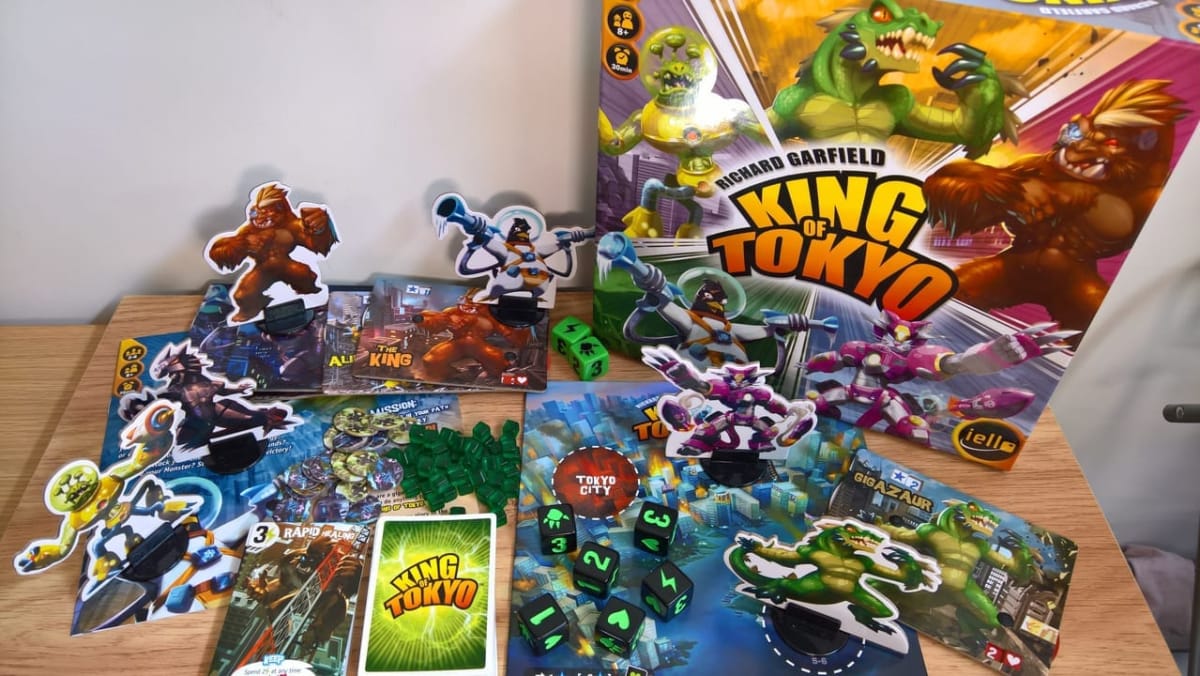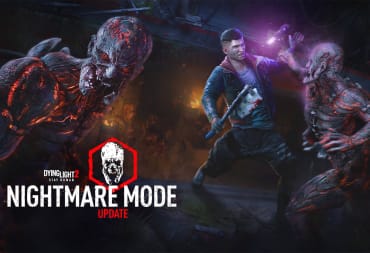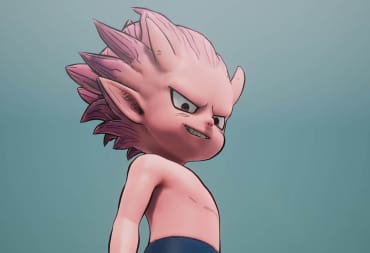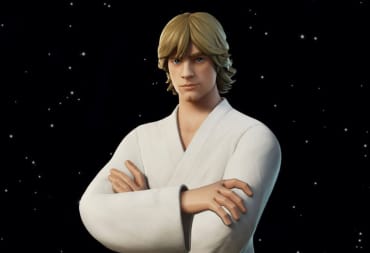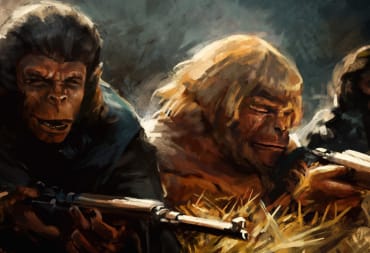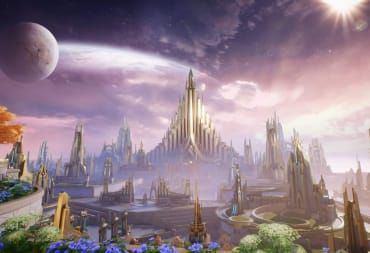King of Tokyo released in 2011 and became and instant hit, winning multiple awards. It spawned a sequel game, King of New York in 2014 (which we reviewed here) and King of Tokyo was updated to 2nd Edition in 2016, which is the edition we're reviewing here. With Rampage recently in the cinema and some new expansion releases for King of Tokyo and King of New York, the TechRaptor tabletop team thought this would be a great time to update our King of Tokyo review and all its releases. For those interested in the difference between King of Tokyo and King of New York, we will cover those at the end of the review, along with the differences between the 1st and the 2nd Edition of KoT. Over the next few days, we will also review King of Tokyo Power Up! and the Cthulhu Monster Pack, so keep an eye on TR.
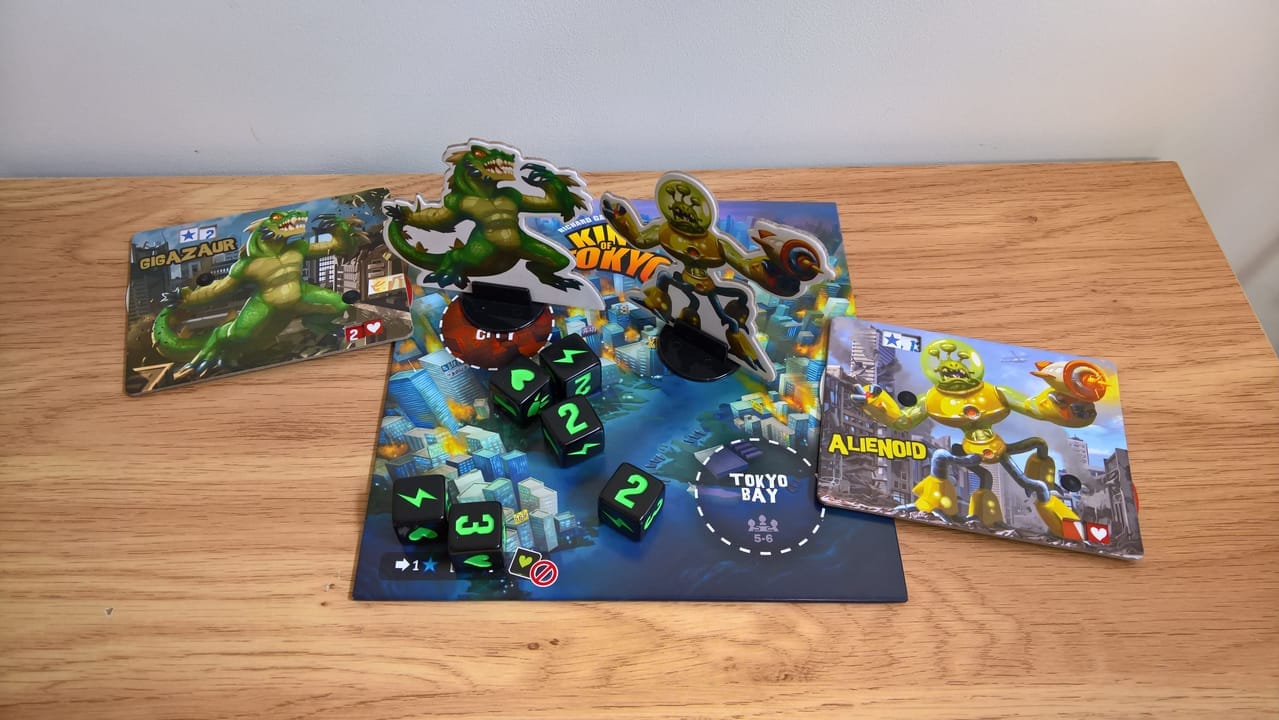
King of Tokyo
In King of Tokyo, players pick one of the colorful and varied monsters and compete over Tokyo in order to become the top monster. Players win King of Tokyo by either reaching 20 victory points (VP) or by being the last monster standing. Victory points are earned each turn by rolling three of the same number or by being in the Tokyo City district, which earns you 2 VP a turn. While in Tokyo City though, all monsters outside of it damage you in their turn, and during your turn you can damage all of the monsters outside Tokyo City. There can be only one monster in Tokyo City at a time (1 monster in Tokyo City in a 2-4 player game, there can be 2 monsters in Tokyo City and Tokyo Bay in a 5-6 player game), and you can't heal while you're there, so going for it is a risk.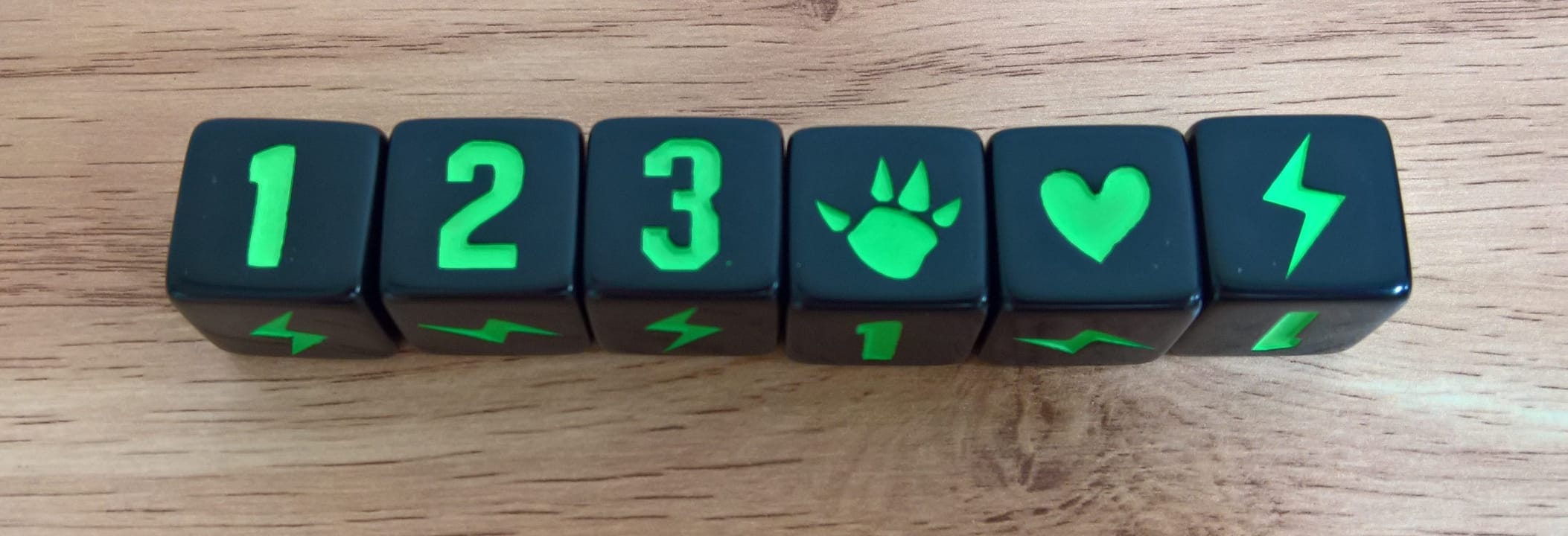
During their turn, each player rolls six dice and gets two rerolls of as many dice as they wish, in order to get the best combination of dice for their requirements. The sides of the dice offer different effects which include:
- Healing your monster (if you're not in the Tokyo district)
- Damaging the opposing monsters if you're in Tokyo or damaging the monster that is in Tokyo if you are not
- Energy for buying special power cards
- 1, 2 and 3 Victory Points
If you damage the monster in the Tokyo district, they can choose to leave, which forces your monster to enter Tokyo, they still take the damage, but it sets you up to take damage on the next turn. This means that knowing when to pull out is an important and tactical decision. Usually several turns of making the push for VP and then leaving to heal before returning is the key to winning. It is also possible to play aggressively after getting some high-level special cards and enter Tokyo in order to damage all the other monsters, leaving when a monster low on health damages you and forcing them to take your place in Tokyo so that they get damaged next turn by the other players. You can also go straight for the win by knocking out all the other monsters while in Tokyo, but with all of them damaging you in their turns, its a risky maneuver.
There are special cards available to purchase during play with energy, which you build up and store by rolling lightning bolts, but only three special cards are visible at any one time and are only replaced when one is bought or a player spends two energy to discard them all, forcing a redraw of three new cards. Some of them are very powerful, so if you can't afford it, paying the two energy to discard them all is also a viable option to deny other players from getting hold of it.
Because you can win King of Tokyo by earning Victory Points outside of Tokyo, you don't need to make the push for Tokyo unless you want to earn the extra 2 VP each turn, but as all monsters in King of Tokyo start with 10 health and with every monster outside of Tokyo damaging you while you are in it, making a push can be risky for those extra couple of VP.
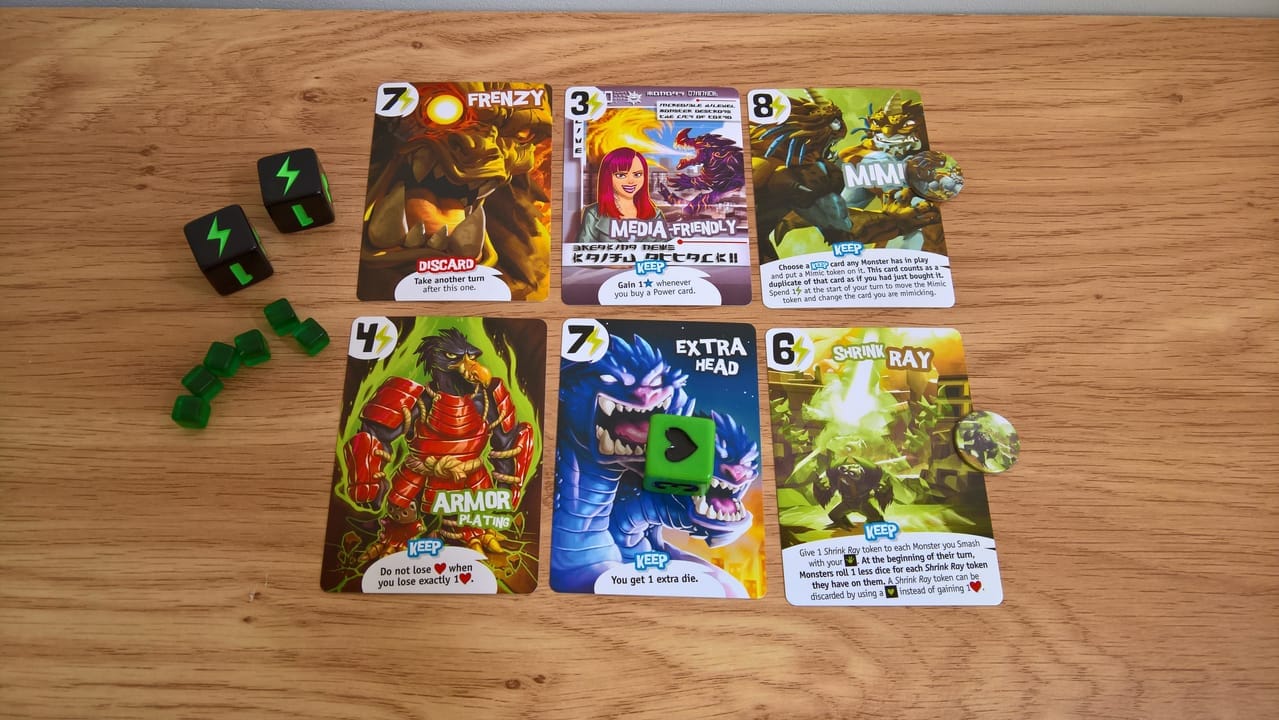
At its heart, King of Tokyo is a dice rolling game with a random card option draw element, but playing it is so much more. The risk/reward of the dice rolls and re-rolls, along with tactically managing your position in terms of going for Tokyo and managing your damage and the levels of damage you are doing to others make it a lot more thought-provoking than the colorful box contents would have you believe.
Because the dice rolls are random, as are the three available upgrade cards, every game of King of Tokyo is different and you can never predict how you or any other player will approach it. Attacking the monster in Tokyo can lead to you taking its place there, setting you up for damage in subsequent turns, but not damaging them leaves them on a victory point gaining path to victory. Should you push for that extra energy to buy the powerful special card before an opponent or just go for straight damage? It's all a choice and risk/reward gamble in King of Tokyo.
The only criticism for King of Tokyo is that other than how they look, every monster is the same; they have no unique abilities to set them apart or make playing a different one have any effect. As with King of New York this is dealt with in the Power Up! expansion, with varied evolution decks for each monster, but giving them each a unique skill in this release would have gone some way to making each monster feel unique.
King of Tokyo is a lot of fun. It's extremely easy to learn for players of any age or skill level (the rulebook is extremely short with very detailed pictures and examples, and our description above is enough for you to start playing and pick up the fine details as you play). It's quick (you can smash out a game in around 30-40 mins when everyone knows the rules) and the components are of a great and solid quality and are also light for easy transportation. The new art on the upgrade cards is also incredible and very thematic.
King of Tokyo has a place is every gaming household, as it's great as a filler game between games or also as a game played over a long period with multiple games.
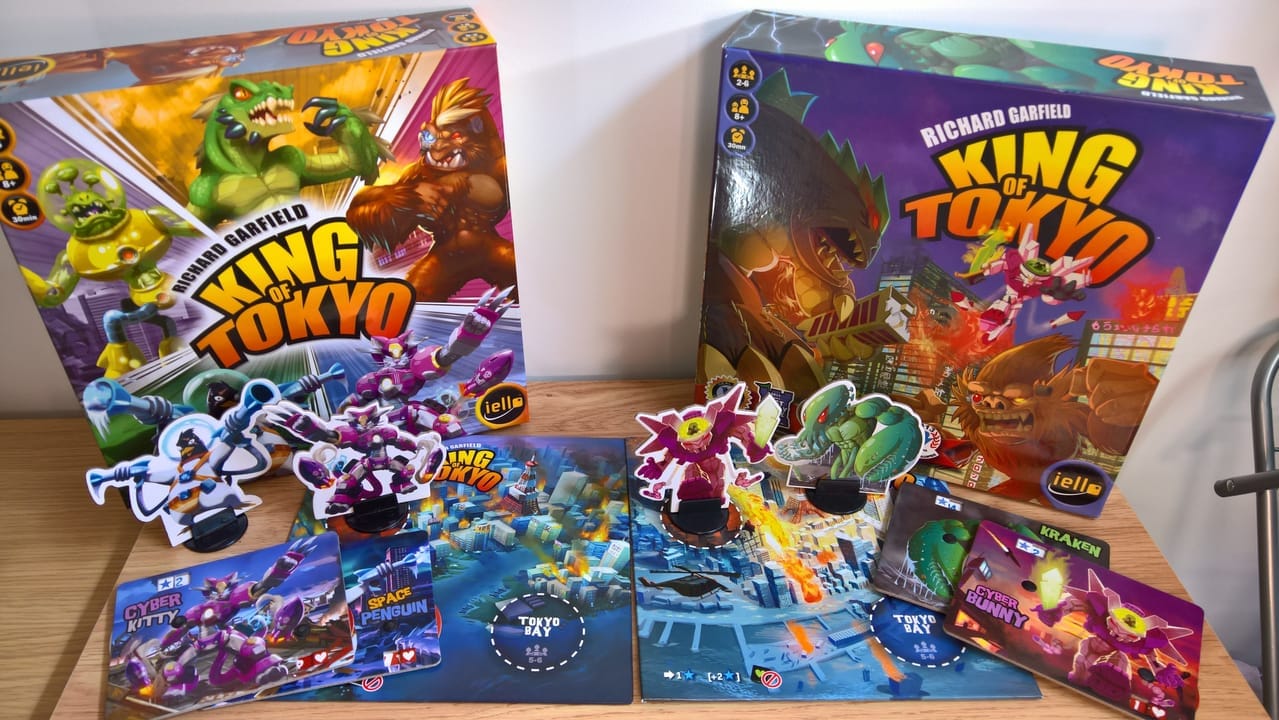
King of Tokyo 1st Edition / 2nd Edition Differences
A noticeable difference between the two games are the art upgrades. The monsters, upgrade cards and boards have had new and upgraded art, but still operate the same way. The rulebook has also been fleshed out to include some really detailed examples and images, as well as an FAQ for some of the more complicated upgrade cards at the end. The art upgrades can be seen in the images below.The main differences between the editions are the replacement of Cyber Bunny and Kraken with Cyber Kitty and Space Penguin. And those four monsters are unique to their edition.
[gallery size="large" ids="239971,239972,239973"]
King of Tokyo vs King of New York
Apart from the board setting and available monsters, the difference between both games is a couple of extra rules in King of New York. There are buildings and units in King of New York and the three Victory Point sides of the dice are replaced with Building Damage, Celebrity, and Ouch! dice rolls in King of New York. This makes King of Tokyo a slightly simpler, but no less fun game. Because victory points can be won through dice rolls in King of Tokyo, the game can be won simply through dice rolling, whereas you need to be in Manhattan taking damage to get victory points in King of New York. Owning both, on-top of both Power Up! expansions, gives you options to play both sets of monsters in King of Tokyo.
The Bottom Line:
King of Tokyo is an incredible game. Fun, tactically challenging, very easy to learn and teach, it's also quick to play with a lot of room to expand and explore, and it never gets old. It's a great game to play with new players and also against veteran King of Tokyo players. It's a game that defies all boundaries and brings people together, which is what tabletop gaming is for. For the level of enjoyment and replayability out of the box, King of Tokyo is a classic and long shall it remain so. For a slightly more tactically challenging game though, check out King of New York first, King of Tokyo is great for beginner levels.
Get this game if:
You love family friendly enjoyable games.
You love giant monsters smashing things.
You want a slightly simpler game than King of New York.
You want more monsters to add to King of New York.
You enjoy dice games.
Avoid this game if:
You don't like playing games with people.
You don't like fun.
You're looking for a competitive strategy board-game with less random dice rolls.
This copy of King of Tokyo used for this review was provided by CoiledSpring Games.
Review Summary
King of Tokyo is an incredible game. Extremely simple to learn and play, yet full of tactical decisions around the random dice rolls. It's family friendly and very easy to teach. A modern classic.No as tactically challenging as King of New York, but no less fun and the monsters are playable across both games.
(Review Policy)Have a tip, or want to point out something we missed? Leave a Comment or e-mail us at tips@techraptor.net
